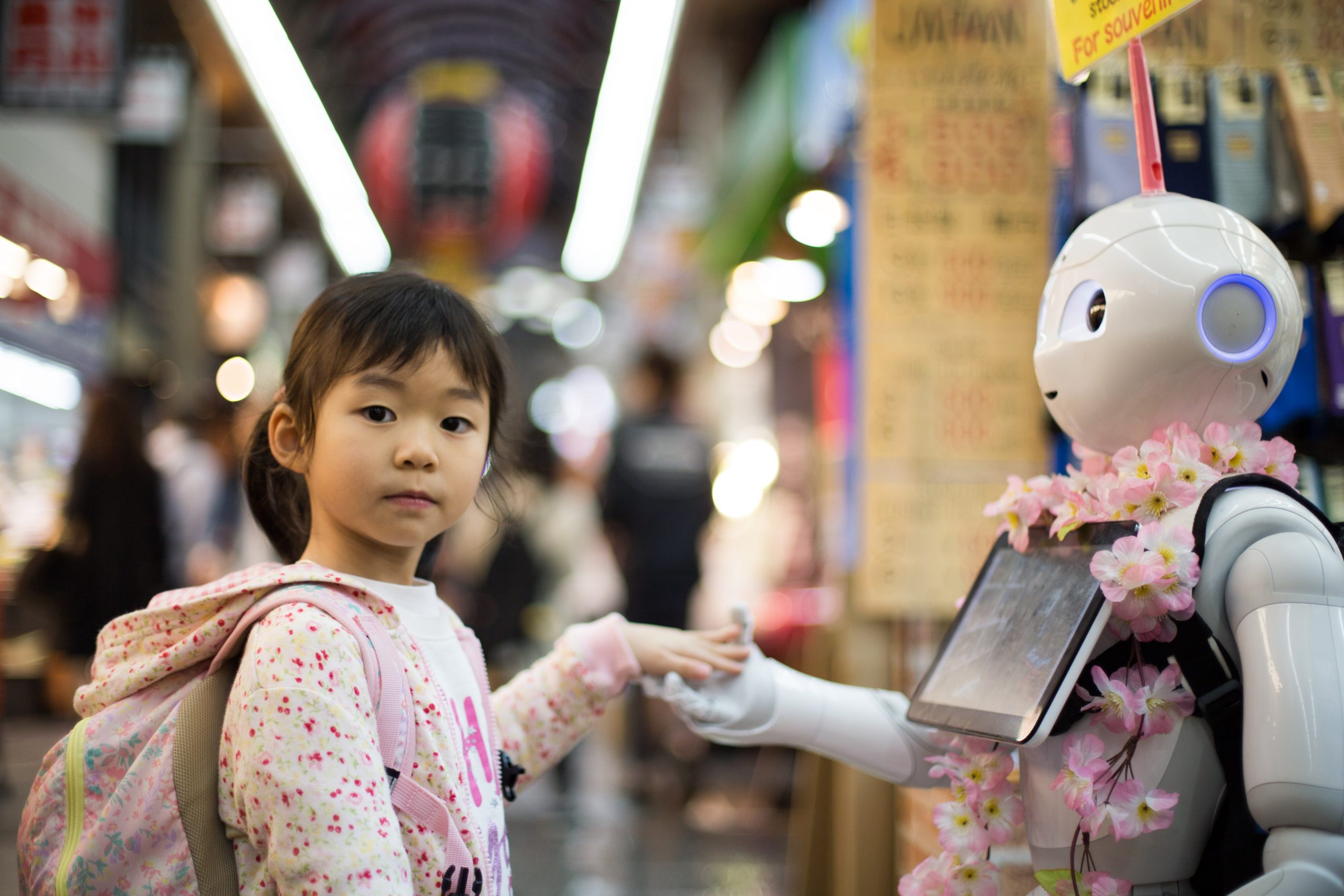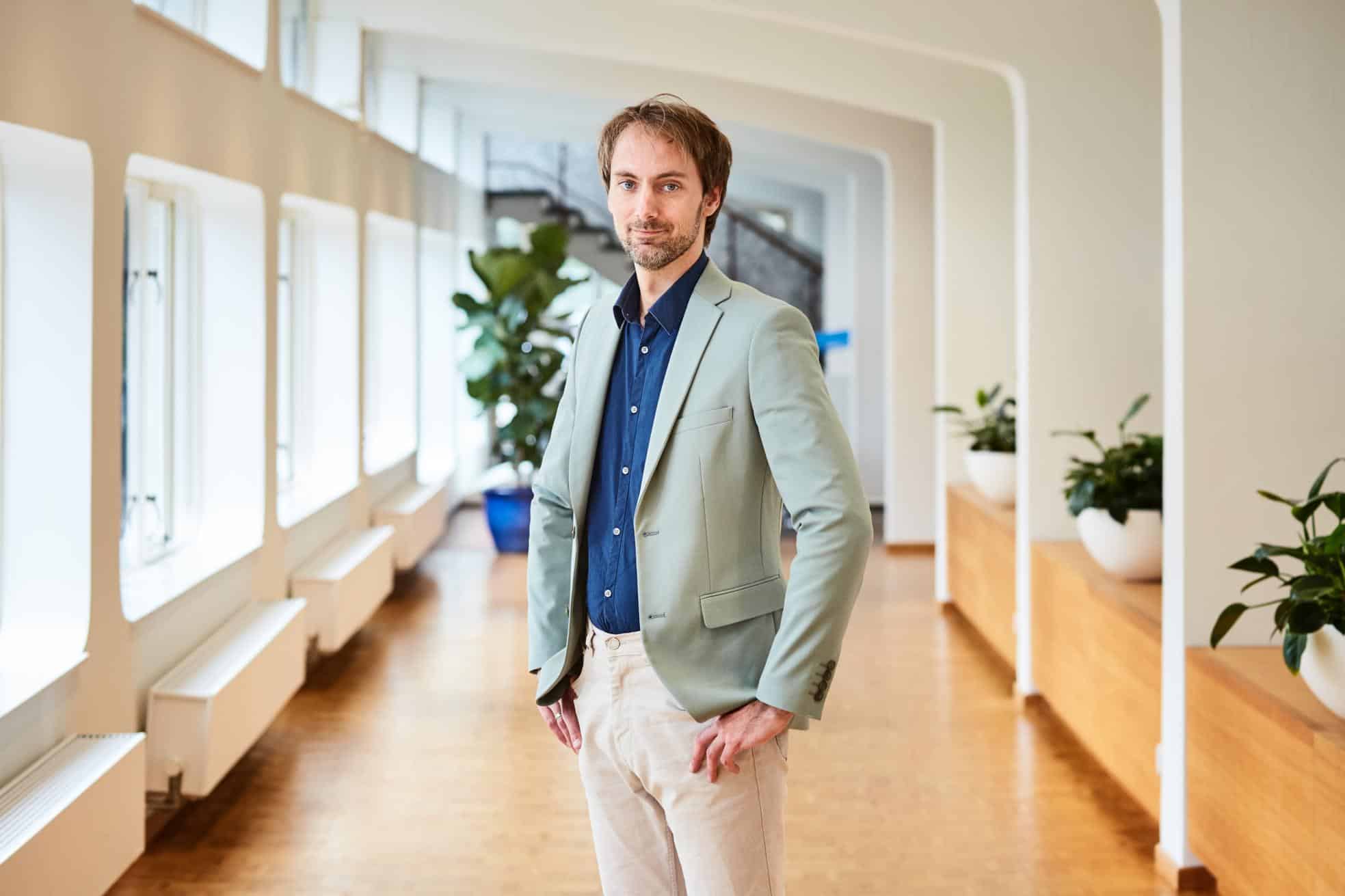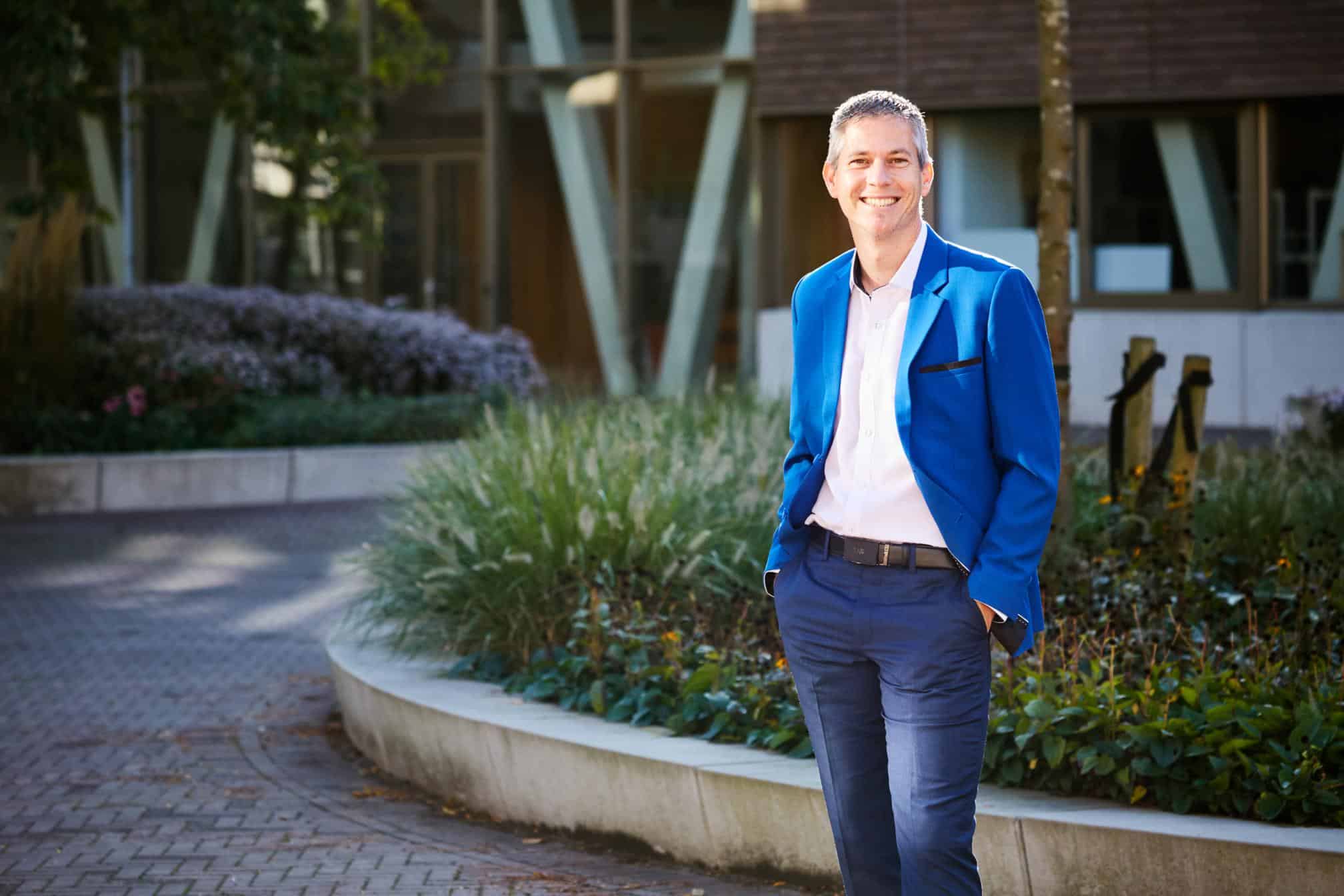
The developments in the field of artificial intelligence (AI) are following each other up in rapid succession. This is having an impact on society as a whole. For example, all kinds of smart systems are being developed to make our lives safer and more pleasant, such as adaptive and semi-autonomous cars. However, not everyone has a technical background or is keen to immerse themselves in technology. For some people, AI is therefore still something out of their comfort zone. To change this, Brainport Development in the Dutch city of Eindhoven has been focusing for several years on attracting more attention, raising more awareness and providing more training on AI.
Mira Dreessen, project manager of Brainport Development goes on to explain: “We support the Brainport Eindhoven technology region as an organization. We want to make sure that people stay connected to technological developments through the various collaborations with partners and companies throughout the region.”
Minimum level of knowledge
Brainport Development is concerned with five key technologies, among them, micro– and nanoelectronics, advanced manufacturing and integrated photonics. “Everyone knows about these technologies but a lot of people don’t really know what they mean for them personally. That’s why it’s important for residents in the region to learn more about these technologies. That way, they can learn more about how technology affects their lives and more able to make informed decisions. Actually, we want to establish a kind of minimum level of knowledge,” Dreessen explains. “In this respect, we intend to pay attention to one key technology each year. We are doing this under the banner of Tech Awareness. This year we are focusing on the key technology AI.”
So now, for the first time, Brainport Development is including people with non-technical backgrounds in these developments. Dreessen: “Yes, this is new to us, but it’s a lot of fun to do! We want this group to be part of Brainport because we see how important that is. We are looking at the whole spectrum, including children in primary and secondary school and students in vocational education, higher education and academia.”
For example, within the context of promoting technology, teaching materials have been devised to make AI accessible as early as this year, but for students in primary and secondary schools. “We are presenting this to the teachers of all schools in the region. We started this in early April and a kind of apotheosis will take place in the Dutch Technology Week in the form of various AI-related activities.”
Brainport AI course
A special AI campaign has been set up for other residents. This will take place in the month of May, with another apotheosis during the DTW. “We want to use this to raise a wider awareness,” said Dreessen. “On May 10, we will go live with a Brainport AI course. This is free and open to everyone. It is a regional, shortened version of the National AI course from Jim Stolze.* There are seven sections in total and the whole course takes about an hour and a half. Of course, we have included many regional examples. For example, we filmed at the Jumbo supermarket in Veghel, where a trial with smart shopping carts is taking place.”
Among other things, people learn through the course what pitfalls they should watch out for and in what ways AI can make their lives easier. “In addition, we show them how much AI is actually already present in their lives. For example, consider your smartphone. Or at Spotify’s algorithms that suggest certain songs. We really want to teach people more about this.”

EAISI and NXP
At EAISI (Eindhoven Artificial Intelligence Systems Institute at TU Eindhoven) and and at its cooperation partner NXP Semiconductors, the social impact of AI also has their attention. They focus primarily on research and the development of safe systems.
Brian de Bart, group leader Automotive System Innovations at NXP, says: “We deal with the underlying technology, the chips. More and more customers are asking us how they can use AI on our chips. Which means that we need to know how to design these types of chips. Consequently, one of the issues is how we will supply chips in the future on which AI can be used. To answer that question, you need to know firsthand what AI is and how to use it. That’s one of the reasons we are working with AI.”
Improved performance
Another reason relates to improving the performance of chips with the help of AI. De Bart cites an in-car radar system as an example: “There is often static on the signals that a radar sends out and receives. At present, you can come up with your own algorithms to filter out that noise, but an AI system may be able to do that much better. That means we may start supplying chips that have AI embedded in them. These can deliver better performance than the classic radar chips.”
As such, there are two ways of dealing with AI within NXP. Supplying processors that enable customers to develop AI-based products, and creating application-specific products that have AI stashed in them. “In addition, within our own team, we also look at next-level issues. We try to predict where we will be going in a few years. For example, how are all the systems within a car going to communicate with each other? How will they interact with the cloud? There, too, you can see that AI is going to play a major role. You can use AI across many levels to make traffic safer.”
“The car has to understand what is happening, so to speak,” says De Bart. “There are more and more sensors and they all provide information. As a human being, you are basically incapable of designing an algorithm that is able to make a decision based on so many sources of information. AI is very well suited for this, though.”
Collaboration
Margriet van Schijndel, program director of Smart Mobility at EAISI, adds, “With your range of human limitations, you actually impose limitations on the system as well. But when you utilize AI, you can avoid this from happening.”
The collaboration between NXP and EAISI arose in part from the need to establish a link between research and practical applications. “For example, we can look at how to make an AI system that the university has developed that is affordable, energy-efficient and small enough,” says De Bart. “There are a lot of practical constraints that we as NXP can help with.”
Van Schijndel: “Our university was founded by a number of industrial parties from the region with the specific aim of providing applicable knowledge. A number of people are indeed working on more fundamental developments and we really need them. On the other hand, we also have plenty of people who see a link to the application as a core activity. It helps a lot if you have a party like NXP to work with. This is not just a small project, but a long-term collaboration. Which is essential for us. Ultimately, we can train our students and scientists with all the knowledge that we gain.”
Responsible mobility
Finally, Carlo van de Weijer, general director of EASI, lists some concrete examples of the social impact of AI: “We focus on three areas that are relatively strong in the region: MedTech, high-tech systems and mobility. In the area of mobility, we obviously want to prevent accidents. We call this responsible mobility. I believe in optimal cooperation between man and machine. Technology takes away all the disadvantages of mobility and we can continue to stay mobile that way.”
That relationship between man and technology is also reflected within the industry. “We are heading toward a kind of industry where the standard work will be taken over by robots, so that means we can then focus on really important things. The question, obviously, is how much work we are handing over and what the new jobs will be for us. I think that’s an exciting area. YetI am optimistic about these developments.”
When it comes to AI and health, EAISI is looking at ways to responsibly store sensitive medical data in databases without misusing it, among other things.
New technology generation
So, a lot of work is being done in the Eindhoven region to improve existing AI systems, develop new applications and broaden the knowledge about AI. Not without a sense of pride, Van de Weijer says that a new technology generation has emerged. “We have always continued to look ahead and we are doing so again. We never got bogged down in a particular development. From light bulbs to glass valve amplifiers and transistors, to today’s chips. I think it’s very nice to see that the whole region is already working on the next level.”
* Jim Stolze is also contributing to the online DTW Talk ‘AI- about technology and ethics‘ on June 4
During the DTW, EAISI presents an online event about developments and research in the field of AI: The EAISI Café, hosted by Carlo van de Weijer. For more info and registration: https://www.dutchtechnologyweek.com/events/eaisi-cafe/
Brainport AI-course video with English subtitles: https://youtu.be/CG3yhJeMSr0







